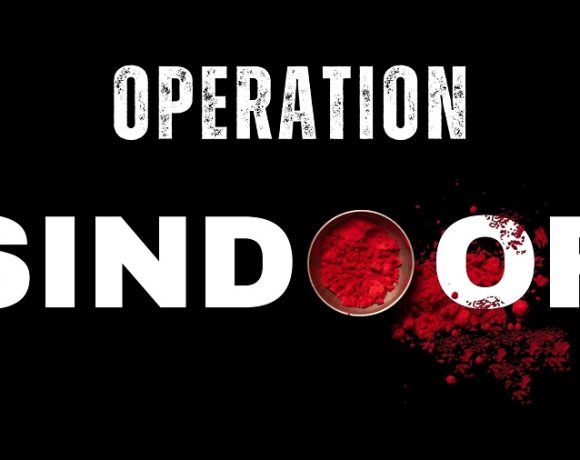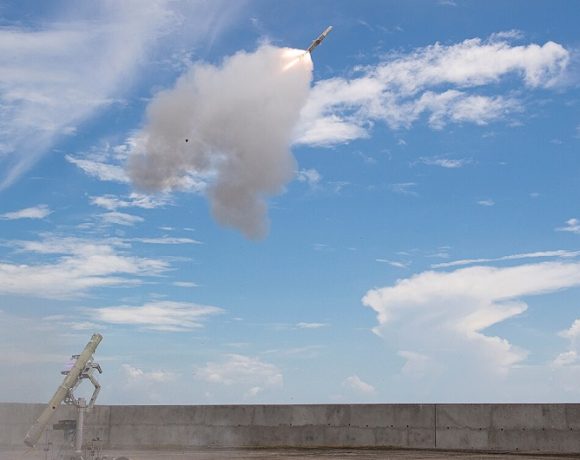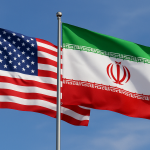
Investigation Reveals Pakistani Role in Pahalgam Attack
In a key breakthrough, Indian security agencies have identified five terrorists believed to be behind the deadly Pahalgam terror attack in Jammu and Kashmir that killed 26 tourists. Among the suspects are three Pakistani nationals, strengthening India’s assertion that the attack had cross-border origins.
The ambush took place in the Baisaran valley meadow, a popular tourist destination. Eyewitnesses and security personnel reported that some of the attackers spoke Urdu with a Pakistani accent, confirming suspicions of foreign involvement. Intelligence inputs suggest the group also included two local militants who provided logistical support to the infiltrators.
Authorities have released sketches of three of the suspects and announced a ₹20 lakh reward for any information leading to their arrest. One of the suspects is linked to a past attack on an Indian Air Force convoy. Two others are believed to have undergone training in Pakistan after traveling there in 2017.
Initial intelligence assessments suggest a joint operation between the Lashkar-e-Taiba and Jaish-e-Mohammed terror outfits, both of which have a long history of operating from Pakistani soil and targeting Indian civilians and security forces.
Pakistani Terrorist Involvement
The identified terrorists are part of a larger cross-border terror network. One of the key operatives named in the probe is Saifullah Kasuri, also known as Saifullah Khalid—a top Lashkar-e-Taiba commander and a close aide of Hafiz Saeed, the mastermind of the 26/11 Mumbai attacks. His name has come up as a likely planner of the Pahalgam operation.
The findings underline the continuing threat posed by terror modules operating out of Pakistan, highlighting how such groups evolve their methods while maintaining ideological continuity with past attacks.
Lashkar-e-Taiba’s Propaganda Warfare
Investigators have found evidence that the attackers used body-mounted cameras to record the killings, a tactic increasingly used by Lashkar-e-Taiba for psychological warfare and propaganda. This disturbing element suggests the group not only aims to cause physical harm but also intends to amplify fear through digital dissemination.
The Indian government has intensified the manhunt across the Pir Panjal range, where the attackers are believed to have fled. Enhanced patrols, drone surveillance, and intelligence coordination are underway to locate and neutralize the group.
Security agencies are also focusing on the digital and financial footprints left behind by the attackers, hoping to unravel the wider support network involved in the planning and execution of the massacre.
As investigations progress, India remains firm on its position that Pakistan must be held accountable for providing sanctuary to such terrorist operatives. The Pahalgam tragedy has reignited calls for global action against terror outfits that continue to target civilians under the guise of ideological warfare.


















